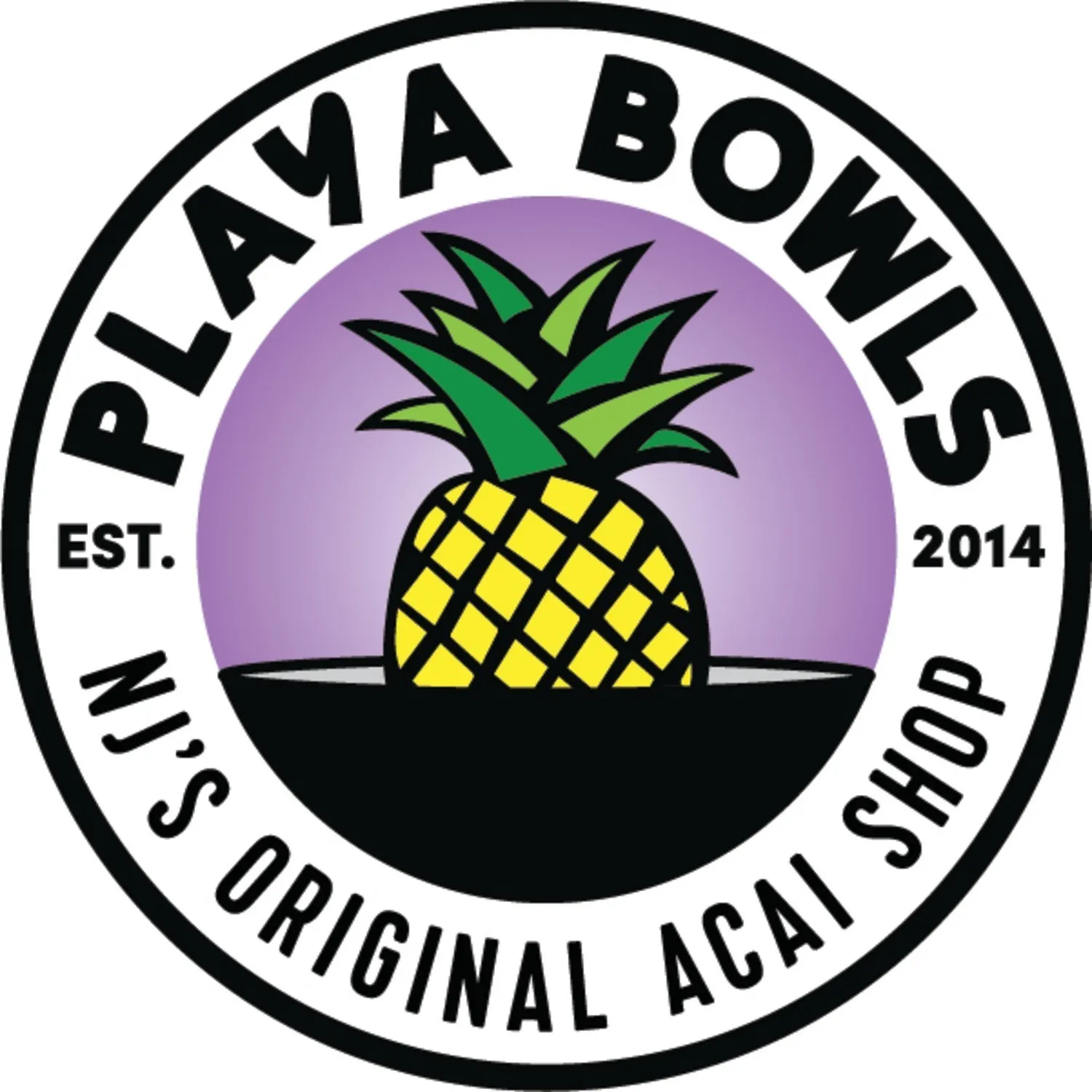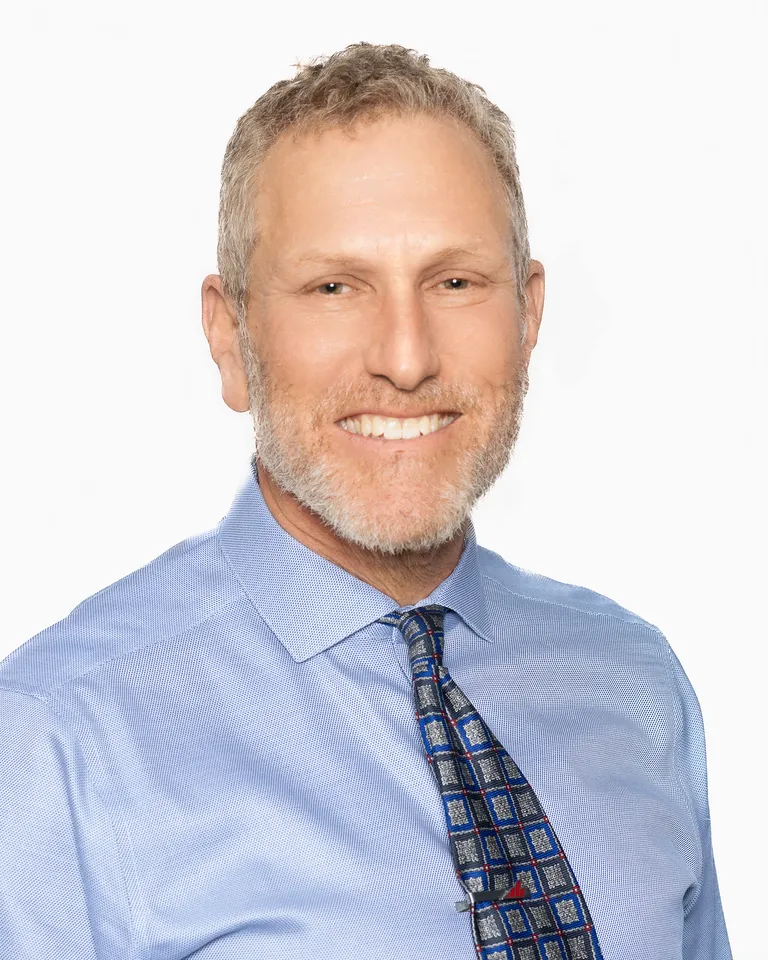Tayer: The present we didn’t get and the gifts it provides
Since we’re in the midst of the holiday season, and we’re all thinking about those gifts we’re expecting to receive, I thought it would be appropriate to spend a little time reflecting on one present we didn’t receive, the Amazon HQ2.
I know there was a great deal of apprehension across the Front Range regarding the potential impact of 50,000 new jobs suddenly landing on our doorstep. We already have a workforce, housing and transportation crunch and the new Amazon HQ2, especially the originally envisioned single site, would certainly have exacerbated the situation. Yet, being…
THIS ARTICLE IS FOR SUBSCRIBERS ONLY
Continue reading for less than $3 per week!
Get a month of award-winning local business news, trends and insights
Access award-winning content today!





